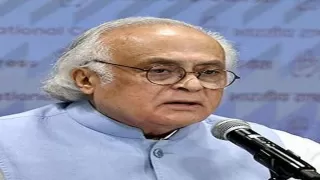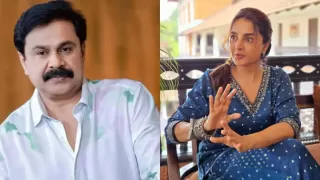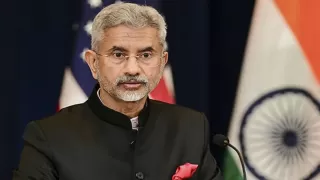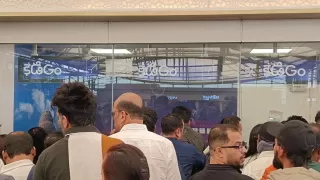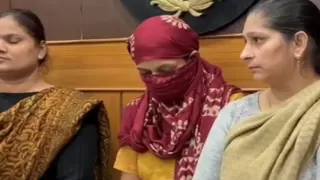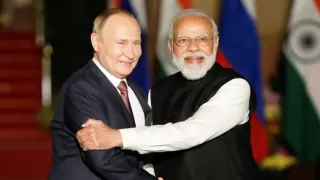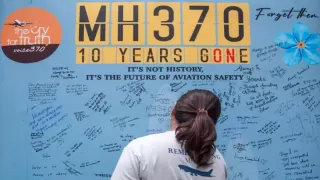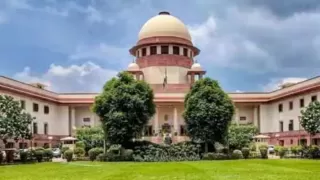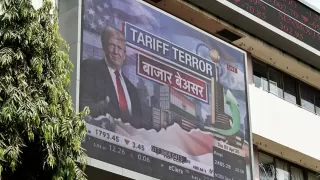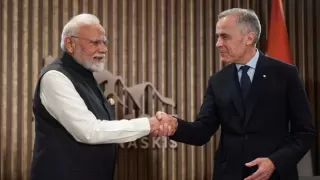During his visit to South Korea ahead of the Asia-Pacific Economic Cooperation (APEC) Summit, former US President Donald Trump offered unusually effusive praise for Indian Prime Minister Narendra Modi, calling him the “nicest-looking guy” and describing him as a “killer.” His remarks, mixing flattery and bravado, prompted both amusement and serious commentary about US-India relations.
Trump said that seeing Modi’s public persona sometimes made him wonder: “Whoa, is this the same man I know?” His comments came amid renewed trade negotiations between the two countries, as the former president insisted a bilateral trade deal would be finalised soon. The timing and tone of his speech suggest a deliberate effort to reboot a relationship that has seen both warm rhetoric and sharp disagreements.
At the same time, Trump’s commentary did more than compliment — it referenced conflict, diplomacy and high-stakes economic leverage. From tariffs to cease-fire claims between India and Pakistan, his remarks touched on multiple dimensions of South Asian geopolitics and reflected the broader shifting dynamics of the Indo-Pacific region.
What Trump actually said about Modi
Speaking at the APEC CEO Summit in South Korea, Trump remarked, “Prime Minister Modi is the nicest-looking guy. He looks like he would like to have your father. He is a killer, his stuff is… no, we will fight… Whoa, is this the same man that I know?”
He also added, “I’m doing a trade deal with India, and I have great respect and love for Prime Minister Modi. We have a great relationship.”
In the same address, Trump claimed he intervened in a confrontation between India and Pakistan, stating that seven planes were shot down and that he threatened both countries with massive tariffs to force a cease-fire.
Underlying trade tensions and deal in the making
Trump’s remarks came against a backdrop of ongoing trade negotiations between the US and India. He reiterated that a trade deal was coming soon and that Washington has “great respect” for New Delhi — signalling a softening tone after months of friction.
However, tensions remain. The US under Trump had imposed tariffs of up to 50% on Indian imports, linking them to India’s energy ties with Russia and perceived trade barriers.
According to reports, discussions are in the final phase, with Washington pushing for a cut in Indian duties and India seeking recognition of its energy-security concerns. The contours of the pact remain subject to negotiation.
India-Pakistan conflict claims resurfaced
In his address, Trump claimed that during a recent India-Pakistan flare-up he told Prime Minister Modi, “We can’t make a deal with you right now because you’re fighting with Pakistan.” He said he also warned the Pakistani leadership that trade would be suspended if hostilities continued, adding that both sides backed down within two days.
India, however, has denied any US role in ending that conflict, stating the understanding was bilateral and not mediated by Washington.
Trump also threatened tariffs of 250% on both India and Pakistan if hostilities did not cease — a dramatic claim that further underscores his use of trade policy as geopolitical leverage.
What it signals for Indo-Pacific strategy
The remarks and the trade context reflect the evolving strategy of the US in the Indo-Pacific region, where India is increasingly seen as a key partner. Trump’s praise of Modi signals that personality and personal rapport may matter as much as formal policy in shaping bilateral ties.
For India, the comments offer a mix of recognition and caution. While the warmth of Trump’s language may bolster New Delhi’s global image, the underlying issues — tariffs, strategic autonomy, and energy ties — remain contentious. Navigating this dynamic will test the depth of the US-India relationship.
Observers say this moment may mark a reset: one where economic incentives, strategic alignments, and personal diplomacy converge. Whether the trade deal gets signed, and how India responds to the deeper questions of autonomy and alliance, will be watched closely in the months ahead.
Also Read: Mahagathbandhan Promises 1 Job Per Family, ₹2,500 for Women




